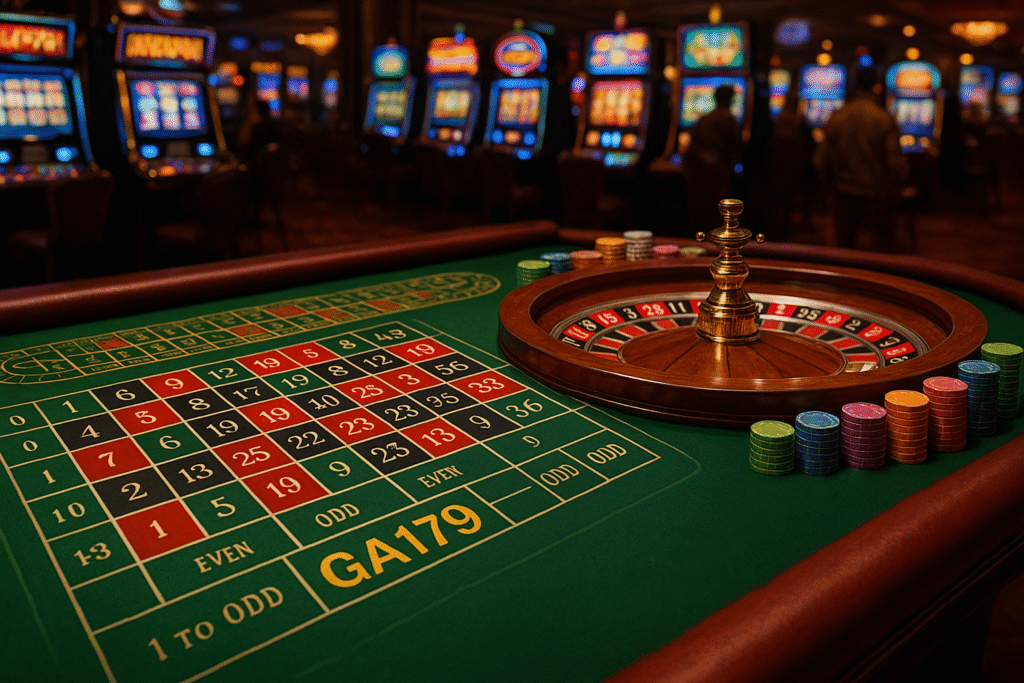
Walking into a casino can be a surreal experience. The vibrant colors, lack of windows, endless rows of machines, and continuous flow of sound are not đá gà thomo coincidental—they’re part of a carefully engineered environment designed to maximize engagement and encourage spending. Behind the glitz and glamour lies a deeply psychological strategy that plays on human behavior and perception.
Casino architects and interior designers study the flow of human traffic, behavioral psychology, and even scent marketing to create environments that subtly influence how long players stay and how much they spend. For example, casinos often use curved paths instead of straight walkways. This makes guests wander more, increasing the chances of encountering more games and attractions.
One of the most iconic features of a casino is its lighting. Warm, inviting tones help players feel relaxed, while spotlights and flashing machines direct attention toward active games and winners. Sound plays a similar role. The jingle of slot machines, the clatter of chips, and intermittent announcements create a sense of excitement and continuous activity, encouraging players to stay in the action.
Casinos rarely have clocks or windows. This design keeps players immersed in a timeless space where the outside world fades away. Studies show that people are more likely to lose track of time—and spend more money—when not reminded of it. Likewise, free drinks and amenities are offered to keep players comfortable and inside for longer periods.
Even the layout of games follows a strategic pattern. High-yield, low-play games like slots are placed near entrances or on main paths, drawing in casual visitors. Meanwhile, table games such as blackjack or poker are usually deeper inside the casino, creating a path for players to walk through a sea of tempting distractions. This setup is no accident—it’s designed to expose guests to as many games as possible.
Online platforms have adopted similar tactics. From dynamic colors to bonus popups, digital casinos also apply psychological triggers. Sites like https://crisiscare.uk.com/ offer resources that tap into traditional interests such as đá gà thomo while adopting modern user interfaces that increase interaction and engagement through seamless UX design.
Reward systems and loyalty programs further play into psychological principles like operant conditioning. The unpredictability of wins, bonuses, and comps keeps players in a cycle of anticipation. Even small wins can stimulate dopamine release, creating a sense of accomplishment that encourages continued play.
This psychological design extends to how casinos manage losses. Players are made to feel like winners even when losing. Payouts that are less than the wager still come with celebratory sounds and flashing lights, reinforcing a positive experience despite a net loss. This tactic is known as a “loss disguised as a win” and can be remarkably effective in keeping players engaged.
But while these designs aim to enhance player experience, they also raise ethical questions. As more people become aware of behavioral nudges, responsible gaming tools are being introduced more widely. Casinos are now expected to balance profit with player well-being. This includes providing access to self-exclusion tools, loss tracking, and time-limit settings.
Conclusion
The psychology behind casino design is a masterclass in behavioral influence. Every detail, from lighting to layout, is tailored to keep players engaged. As awareness grows, so does the need for responsible innovation—ensuring that these enticing environments don’t just entertain but also protect. The future of casino design lies in finding that perfect balance between excitement and ethical responsibility.